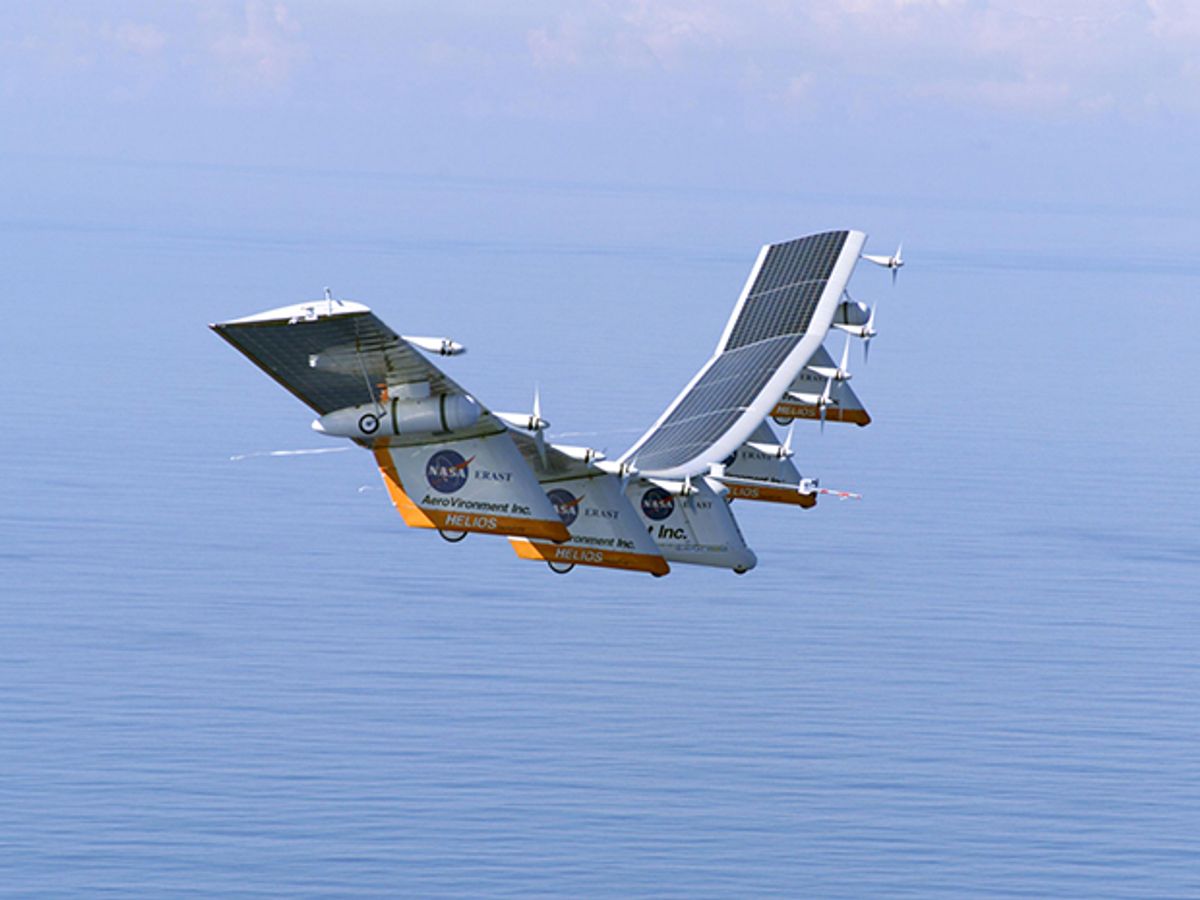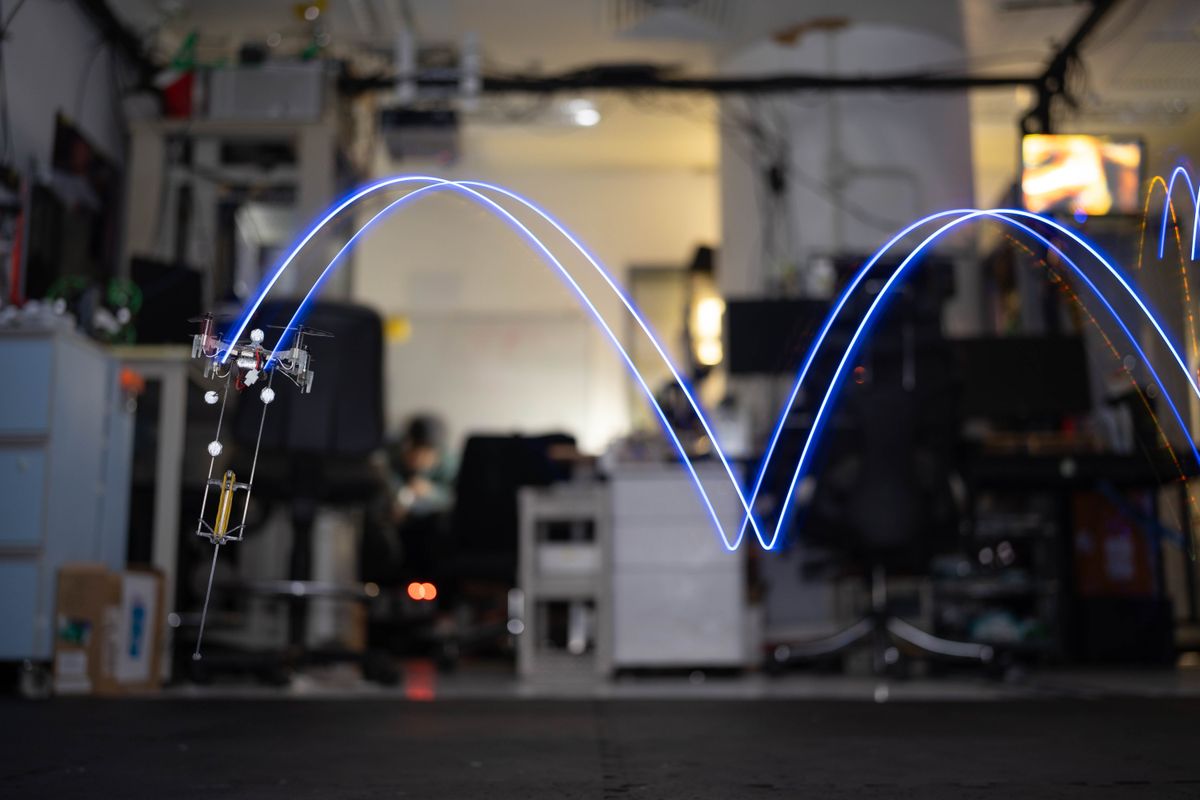This month NASA launched a special patent deal for startups, offering licenses on any of its patents with no money down and no royalty payments for the first three years.
The program waives upfront fees and provides a streamlined process for applying for a license. It is an outgrowth of NASA’s compliance with a memorandum issued by President Obama in October 2011 to accelerate and increase the success of transfer of technology from government agencies to the commercial sector, according to Dan Lockney, NASA’s technology transfer program executive.
According to the license agreement, the offer is only for companies formed within the last year with the express intent of commercializing the licensed NASA technology. However, Lockney says there’s wiggle room. “This is a template, a starting point,” he says. “We are flexible.”
The program is attracting more interest than NASA expected, says Lockney, noting that in the first three days there were three million downloads of the application form. He declined to specify how many applications have been received so far. NASA will take its time evaluating each application, he says. “We want to know that [the startup] has the technical chops, and that it’s not just tying up the IP,” he says. “We also want to ensure [the startup] has the market savvy and business skills to bring the technology to market.”
By year three of the license, a startup will have to start paying royalties even if it has not yet brought the technology to market. The royalties will be “lower than industry standard, lower than government standards, and lower than NASA’s usual standard,” Lockney says. If the company still has no product after five years, NASA will terminate the license.
The licenses are non-exclusive, and NASA may license similar rights to other companies, but that is also flexible. “We want to make sure we don’t saturate the market, so we won’t allow such a run on technology that it is a disservice to the current licensee,” explains Lockney. NASA will also consider exclusivity if the startup wants to negotiate.
In the four years since Obama’s memorandum, NASA has centralized its tech transfer program, creating a one-stop shop for all of its patents online, grouping them into 15 categories, including clear, concise descriptions of each, and adding meta-data to enable keyword searches. In the electrical and electronics category, for example, there is a patent for a “Graphene-Based Reversible Nano-Switch/Sensor Schottky Diode Device,” described as a microsensor that detects toxic gases or explosives.
Last year, the agency created an online software catalog of over 1,000 design tools that are available for free. “Some of it is esoteric space-specific stuff but others are very practical, like scheduling tools for large projects and design tools that have been used on everything from automobiles to musical instruments,” says Lockney.
NASA is the only federal agency that has its entire IP portfolio, including software, easily accessible in one place, he adds.
The agency hopes that the startup program will produce at least a few “home runs,” says Lockney. After all, NASA has been the inventor of technologies that, once commercialized, became part of everyday American life, he notes. Eric Sossum, a NASA scientist at the Jet Propulsion Lab, invented the CMOS sensor that is now in every smartphone. And it was a NASA researcher that found a way to produce Omega 3 and Omega 6 fatty acids by growing algae, which is why our yogurt and milk now comes with “added Omega 3 and 6.”
Freelance journalist Tam Harbert has covered technology and business for more than 20 years. Based in Washington, D.C., Harbert says her favorite type of article explains how public policy affects the technology business, or vice versa. She has launched, edited, and written for publications targeting engineers, IT managers, investors, and corporate executives. Harbert has won more than a dozen awards for her work, most recently two awards (2014) from the American Society of Business Publication Editors (ASBPE) and the American Society of Journalists and Authors (ASJA). She has also received the Jesse H. Neal Award for op-ed writing.



